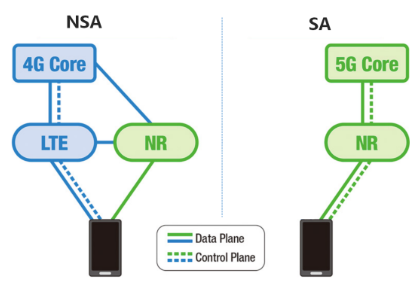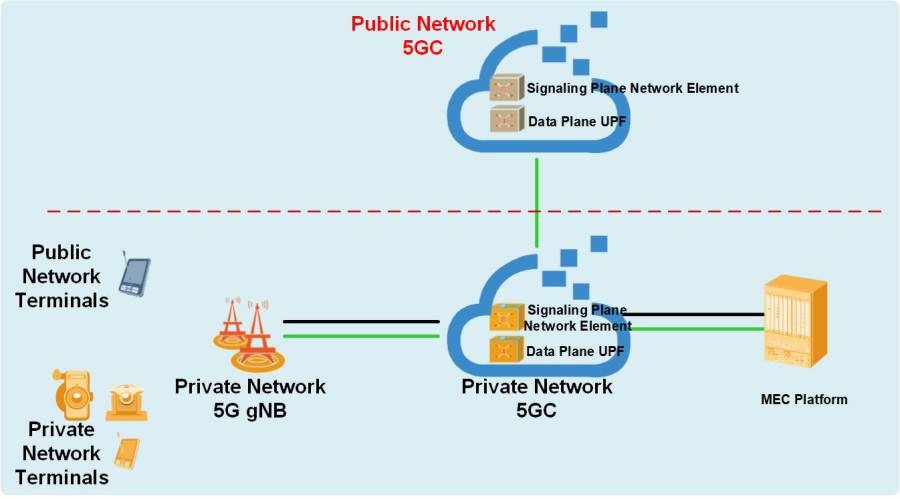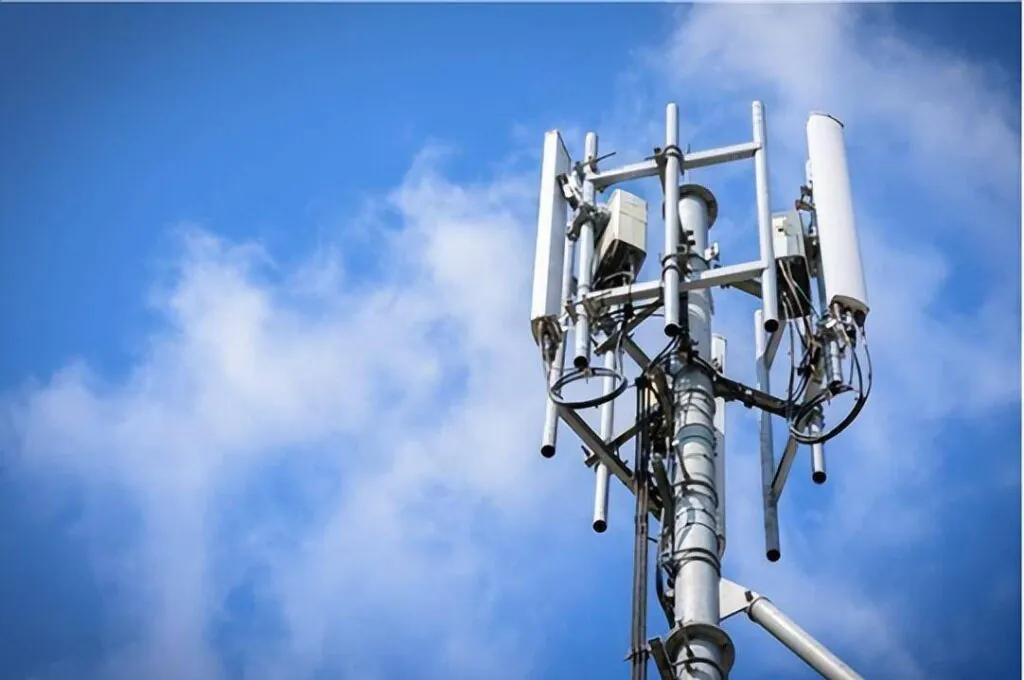As competition in the textile industry intensifies, traditional factories face challenges such as low production efficiency, complex equipment management, high energy costs, and unstable quality control. Internet of Things (IoT) technologies, particularly edge computing gateways, enable localized data processing and efficient transmission, supporting the intelligent transformation of textile factories.
Challenges in Traditional Textile Manufacturing
Textile factories encounter several operational difficulties:
- Equipment Management: Diverse and numerous equipment requires labor-intensive manual inspections, which are costly and inefficient. Unexpected failures often halt production, causing significant losses.
- Data Transmission Bottlenecks: Large volumes of production data, such as equipment parameters and progress metrics, strain cloud-based processing, leading to network congestion, high costs, and delays unsuitable for real-time applications.
- Quality Control Instability: Manual inspections are subjective, slow, and prone to errors, compromising product consistency and reliability.
Core Functions of Edge Computing Gateways
Edge computing gateways address these challenges through the following capabilities:
- Data Collection and Preprocessing: Gateways collect sensor data, clean, filter, and transform it to remove noise and reduce transmission volume, improving data quality.
- Local Computing and Analysis: Real-time data analysis at the edge supports equipment diagnostics, process optimization, and quality prediction. Built-in algorithms detect anomalies, issue alerts, and enable local decision-making, reducing cloud dependency and latency.
- Protocol Conversion: Support for protocols like Modbus and MQTT ensures interoperability among diverse equipment, eliminating data silos.
- Security Measures: Data encryption, access controls, and intrusion detection safeguard data during collection, transmission, and processing, ensuring system stability.
- Remote Management: Remote configuration, updates, and monitoring streamline maintenance, reducing on-site interventions and costs.
Applications in Textile IoT Systems
Equipment Monitoring and Predictive Maintenance
Edge gateways collect real-time equipment data, such as vibration, temperature, and speed, and use diagnostic algorithms to detect anomalies. Alerts are sent for potential failures, with analysis and repair recommendations provided. For example, bearing wear can be predicted through vibration analysis, enabling timely replacements to prevent downtime. Equipment health records and maintenance schedules further reduce costs.
Production Process Optimization
Gateways monitor production line metrics like machine speed, yarn tension, and fabric thickness. Real-time analysis adjusts parameters to optimize processes, such as stabilizing yarn tension to enhance fabric quality and efficiency. Data analysis identifies production bottlenecks, informing process improvements.
Energy Management
Gateways track energy consumption, including electricity and steam, across workshops and equipment. Real-time analysis identifies inefficiencies, such as idle equipment or suboptimal energy use, enabling targeted savings measures. Equipment schedules and insulation improvements reduce waste, while correlating energy and production data optimizes efficiency and lowers costs.
Quality Traceability and Control
Gateways collect quality data, such as raw material batches, production times, and process parameters, linking them to products for full traceability. Issues can be traced to specific production stages, enabling corrective actions. Real-time analysis and predictive models warn of potential quality deviations, prompting adjustments to maintain high product standards.
Benefits of the Solution
- High Responsiveness: Local data processing reduces latency, enabling rapid responses to production changes.
- Cost Efficiency: Localized processing lowers bandwidth and cloud storage costs, while predictive maintenance and energy management reduce operational expenses.
- Reliability: Gateways operate independently during network disruptions, ensuring continuous production and data integrity.
- Scalability: The system adapts to varying sensor and gateway needs, supporting functional expansions.
- Data Security: Robust protections prevent data breaches and unauthorized access, safeguarding operational integrity.
 ALLPCB
ALLPCB







